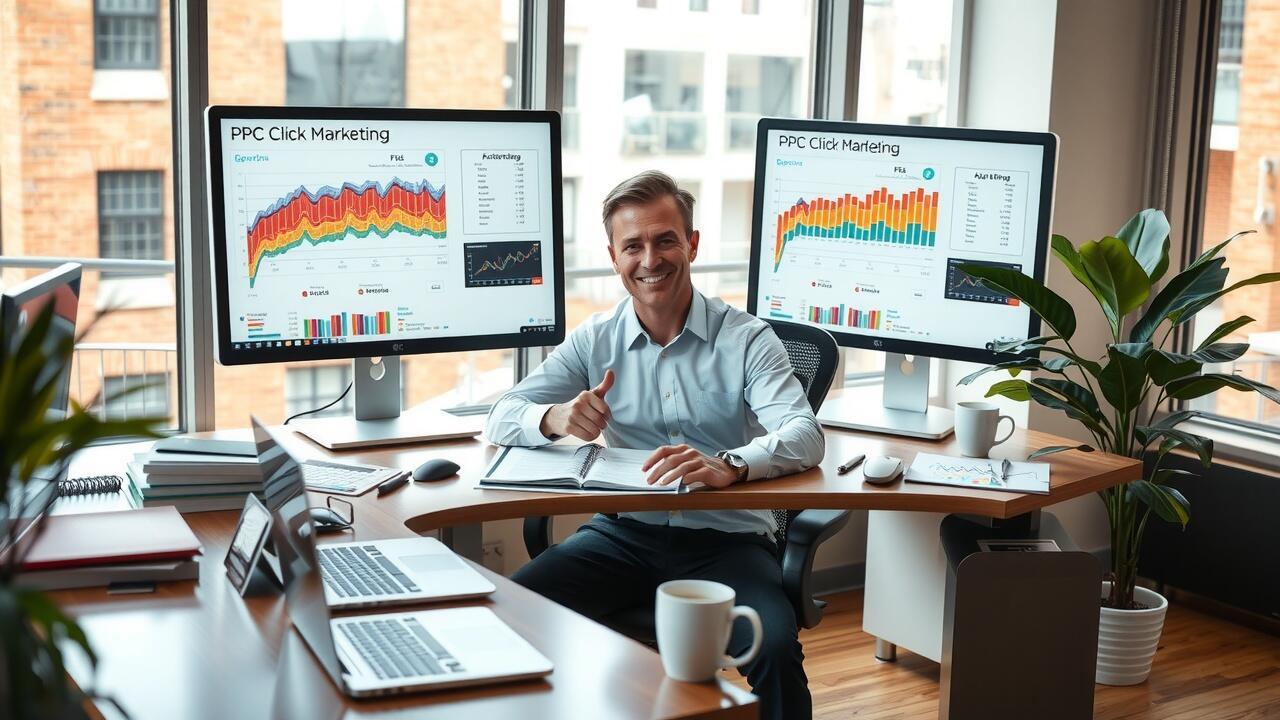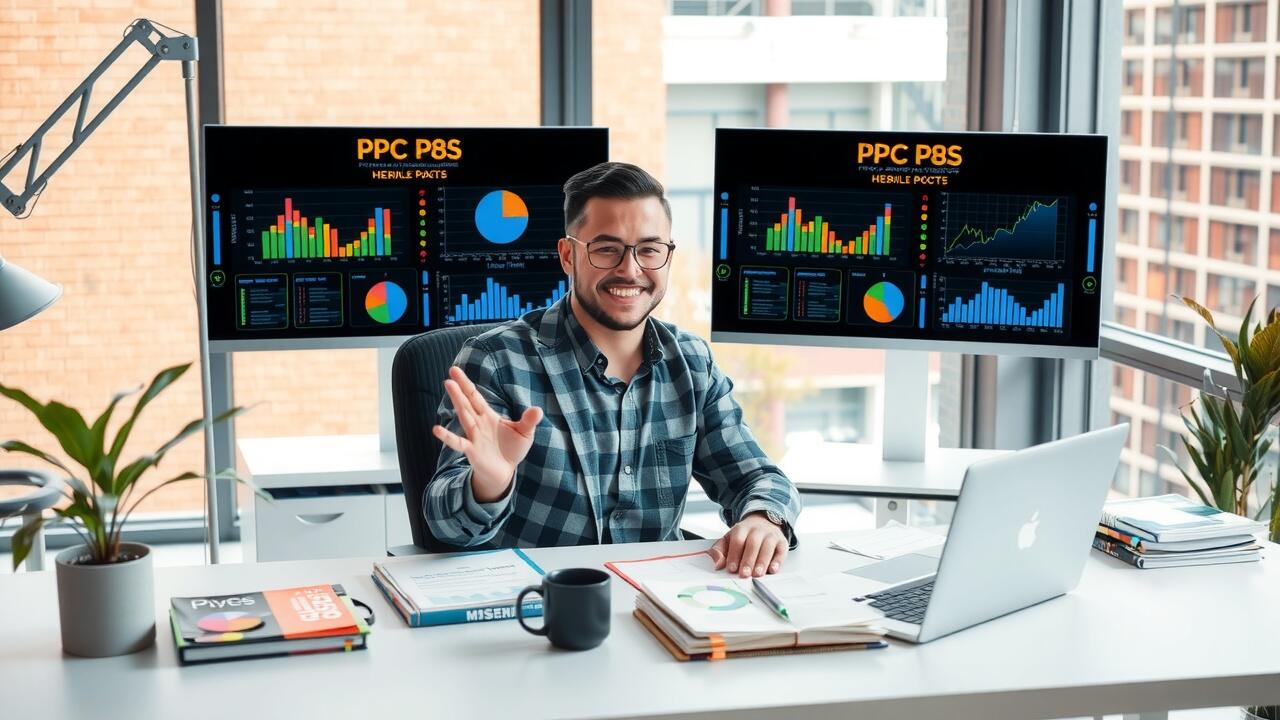
Sustainability of Traffic
Traffic sustainability is a crucial consideration for businesses aiming to establish a reliable online presence. Organic search often provides a more enduring flow of visitors as it relies on high-quality content and search engine optimisation (SEO) practices. Once a website achieves a strong ranking, it can maintain that position with ongoing optimisation efforts and fresh content, leading to consistent traffic over time.
In contrast, Pay-Per-Click (PPC) advertising generates immediate traffic but relies heavily on the budget allocated for campaigns. Once a company stops funding its PPC efforts, the influx of visitors diminishes almost entirely. This dynamic creates a dependency on continuous investment in ads to sustain traffic levels. While PPC can drive results quickly, it does not offer the long-term sustainability that organic search results can provide when properly nurtured.
Longevity of Results
The longevity of results in search marketing significantly differs between organic search and Pay-Per-Click (PPC) Advertising. Organic search results tend to be more enduring, often remaining visible for an extended period once they achieve a high ranking. This creates a compound effect, where continual visibility can lead to a steady stream of traffic over time without ongoing investment. As a result, the initial effort invested in optimising for organic search can yield benefits that persist long after the initial work is completed.
In contrast, the returns from Pay-Per-Click (PPC) Advertising are inherently transient. As soon as a campaign ends or the budget is exhausted, the visibility disappears almost immediately. This creates a cycle where consistent funding is required to maintain traffic levels. While PPC can provide quick wins and immediate visibility, the results do not have the same lasting impact as those achieved through successful organic strategies. Thus, businesses must weigh the immediate benefits of PPC against the long-term sustainability offered by organic search.
Competition Level
The landscape of online advertising is highly competitive, with businesses vying for top positions on search engine results pages. Pay-Per-Click (PPC) Advertising allows companies to bid on specific keywords, enabling them to gain visibility in a crowded market. However, the competition can drive costs up, especially if multiple advertisers target the same high-traffic terms. This bid system means that while immediate visibility is achieved, maintaining that position requires careful budget management and ongoing keyword evaluation.
On the other hand, organic search relies on search engine optimisation (SEO) to improve a site's visibility over time. Competing for organic rankings often involves more lengthy and complex strategies, including content creation and backlink development. While the competition in organic search can be intense, the investment is more focused on long-term gains rather than immediate payouts typical of PPC campaigns. This creates a different dynamic where persistence and quality content can significantly enhance a website’s ability to compete without the direct financial implications tied to PPC bidding wars.
Analyzing Market Saturation
Market saturation plays a critical role in determining the effectiveness of both Pay-Per-Click (PPC) Advertising and organic search strategies. A saturated market typically means that numerous competitors vie for the same keywords or target audience. This can drive up costs, especially for PPC campaigns, where high competition can result in inflated bids. Understanding the level of saturation is essential for businesses as it informs budget allocation and strategy development.
In contrast, organic search can benefit from market saturation in different ways. While competition for keywords may be high, a well-optimised site can still achieve visibility through long-tail keywords or niche segments. The dynamic nature of market saturation means that companies must continually analyse trends and adjust their strategies accordingly. By examining competitor performance and user behaviour, businesses can identify gaps in the market even when facing intensified competition in PPC and organic search avenues.
Conversion Rates
Conversion rates are a crucial metric for measuring the effectiveness of both Pay-Per-Click (PPC) Advertising and organic search strategies. PPC campaigns often result in higher conversion rates due to their targeted nature. Advertisers can tailor their ads based on keywords, demographics, and user behaviour, ensuring that their messages reach a highly relevant audience. This precision can lead to a more engaged user who is likely to convert, whether that means making a purchase, signing up for a newsletter, or completing a desired action on the site.
Organic search, while beneficial in building long-term visibility, may not always deliver immediate conversion results. Users engaging with organic listings might be in various stages of their purchasing journey, potentially leading to lower conversion rates compared to PPC. The process of ranking for competitive keywords can take time, meaning that the conversion pathway for organic traffic may require more nurturing through additional content and user engagement strategies. As businesses weigh these differences, understanding their own goals will help in deciding the right balance between PPC and organic efforts.
Evaluating Effectiveness
When considering the effectiveness of different search strategies, conversion rates act as a crucial metric. Pay-Per-Click (PPC) Advertising often provides immediate traffic, resulting in faster measurable outcomes. This format allows for rigorous tracking of performance through analytics tools, enabling marketers to pinpoint which ad campaigns yield the highest returns on investment. On the other hand, organic search efforts tend to take longer to manifest results. Although organic listings may not generate instant traffic, they can lead to a more sustainable flow of visitors over time.
Understanding the effectiveness of each approach requires a comprehensive evaluation of conversion rates in relation to costs incurred. PPC campaigns allow businesses to control their budget and target specific demographics, making it easier to assess the return on their investment. Organic search, while potentially less expensive in the long run, demands ongoing effort to maintain strong visibility. The nuances of each strategy reveal their unique strengths and weaknesses, requiring marketers to align their approach with overall business objectives and the specific results they seek to achieve.
FAQS
What is the main difference between PPC and organic search?
The main difference lies in the way traffic is generated; PPC (Pay-Per-Click) involves paid advertising to appear in search results, while organic search relies on optimising content to rank naturally based on relevance and authority.
Which method provides more sustainable traffic over time?
Organic search typically offers more sustainable traffic as it builds authority and can continue to attract visitors long after initial optimisations, whereas PPC traffic stops as soon as the budget runs out.
How do competition levels differ between PPC and organic search?
Competition levels in PPC can be more immediate and aggressive due to bidding on keywords, while organic search competition often involves long-term strategies and content development to achieve higher rankings.
What are the conversion rates like for PPC compared to organic search?
PPC campaigns can often yield higher conversion rates due to targeted advertising, but organic search can lead to better quality leads as users tend to trust organic results more, leading to potential long-term customer relationships.
How can I analyse market saturation for PPC and organic search?
Market saturation can be analysed by researching keyword competitiveness, examining the number of advertisers in PPC, and assessing the volume and quality of content in organic search results for the same keywords.












































